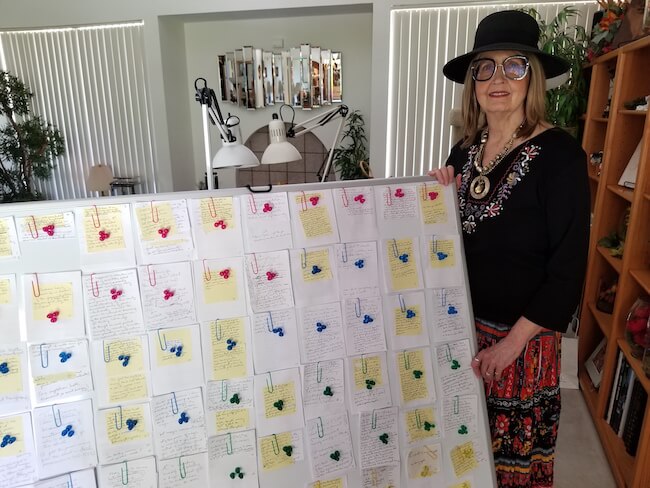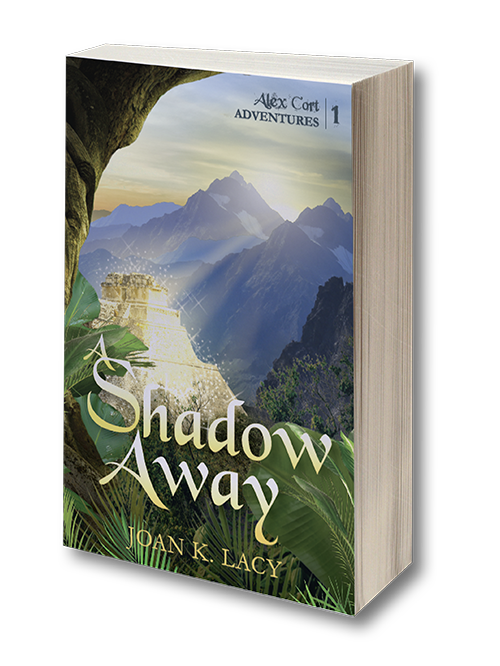You’ve done all your research for your story — now what? In today’s post, I will show you how to create a storyboard for a book.
When you’ve completed your research, the next thing to do is create a “Beat Sheet.” It’s a way to organize your story into a sequence of events. Each action is a “Beat” that you can write down on a legal-sized notepad. It doesn’t have to be a whole sentence. Just jot down the action points of your story. I keep my notepad as a back-up, to compare my first ideas with what I come up with later in this process. When you’re done, use those beats to create sentences and paragraphs, and you’ve created your “Outline.”
Don’t panic! You don’t have to “reinvent the wheel.” There are many book and online sites by reputable authors willing to show you how to structure your story and develop your characters. There are formulas about how a story should be told, and it’s best to learn the rules before you decide to break them!
Now that you’ve got your outline, it’s time to put all the pieces together. The best way to organize your outline so you can work with it is to create a storyboard. It can be a cork board with pins, or whatever material and size that works for you and your living space. It’s important to choose one big enough to hold all the scraps of your ideas for your book. I chose a white board about 4 feet by 3 feet. It’s large and sits on a heavy-duty easel held by clamps. It’s what works for me.
I didn’t know all this before I wrote A Shadow Away, which was written by a method called “seat of the pants.” I was lucky to have a good background in storytelling for my first book, which leaped from my imagination fully fledged—with revisions, of course. Remember what even a notable author like Steven King said, “Writing is rewriting.”
Before writing my second book, All Under Heaven, where Alex, my hero of the “Alex Cort Adventures” series, is teleported to ancient China, must rescue Andrew and save a doomed ghost, I took time to research “the rules” and found all the things like plot points and structure and beat sheets I’m sharing with you here. And that’s when I learned about storyboards.
I use 70 divisions for my board, divided into the 4 different parts of my storyline: Introduction, Create the Drama, Escalate the Drama, Resolve the Drama with a satisfying ending. To help me find the section I want to work with, I numbered small post-its from 1-10, 11-20, etc. up to 61-70, and stuck them, evenly spaced, on the left side of my board. What’s great about a board set up this way, is that you can shuffle your plot ideas around as new ones come to you or when you need an extra section to expand on a previous idea. It’s very flexible this way, and the board also allows you to scan the flow of your plot after changes, to make sure you’re staying on track.
At first, I just posted my ideas under colored pin-magnets, which you can also get at an office supply store. I didn’t number each note until a friend pointed out how awful it would be if my board got knocked over. I didn’t even want to think about that happening! Previously, I had color-coordinated the four plot parts, but after I got that advice, I numbered every single one of the notes placed in the 70 segments, and paperclipped each segment for double protection. It took some time, because I was nearly through posting my plot ideas, but it’s worth doing for peace of mind.
I hope this idea works for you. It will simplify your life, believe me!
For a more comprehensive tour of my latest storyboard, watch the video below:
Video: How to Create a Storyboard for a Book
If you enjoyed this post, please remember to “like” and share it with your friends! And use the sign up form below to be added to Joan’s email list so you never miss a post or update!



